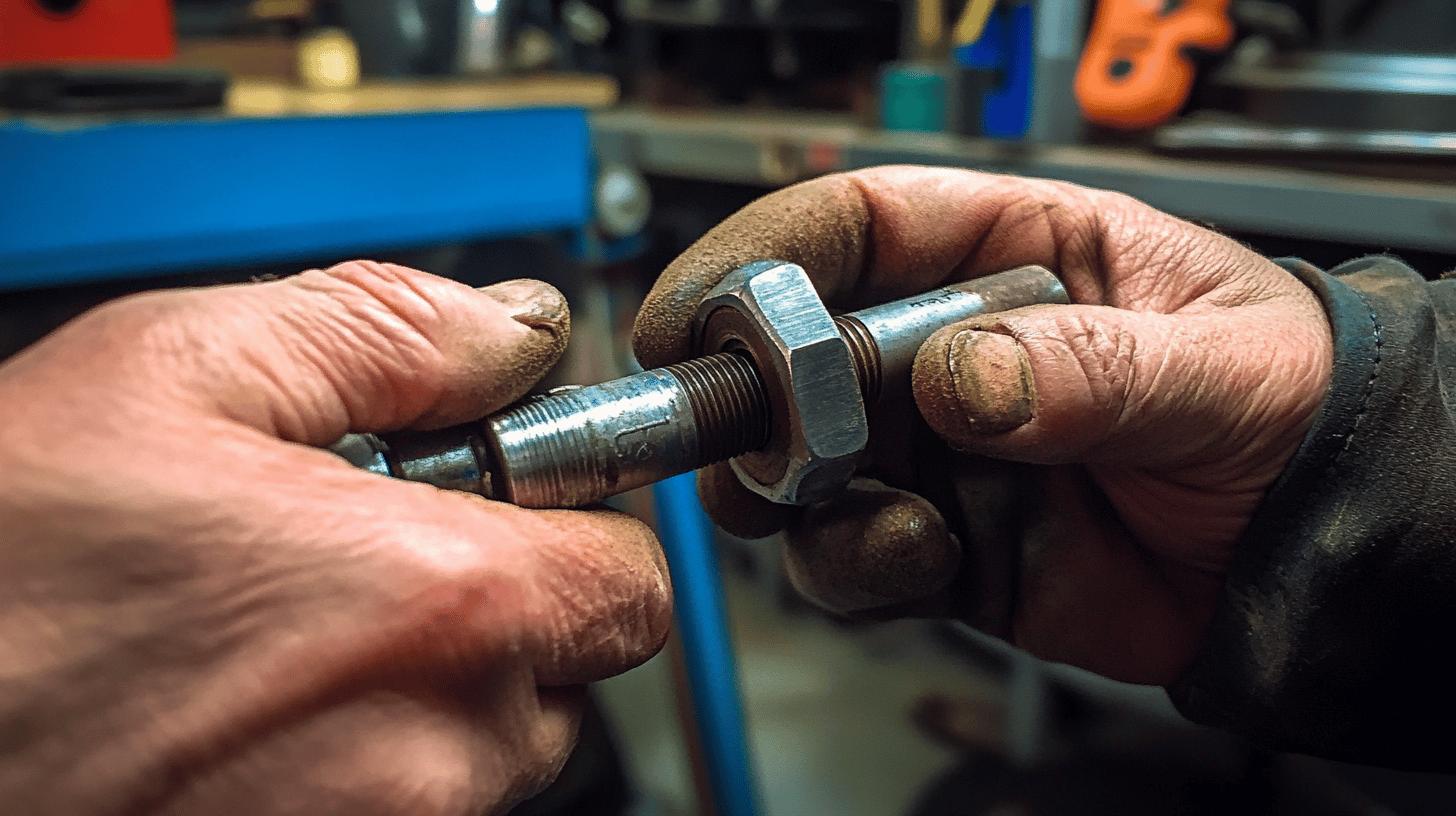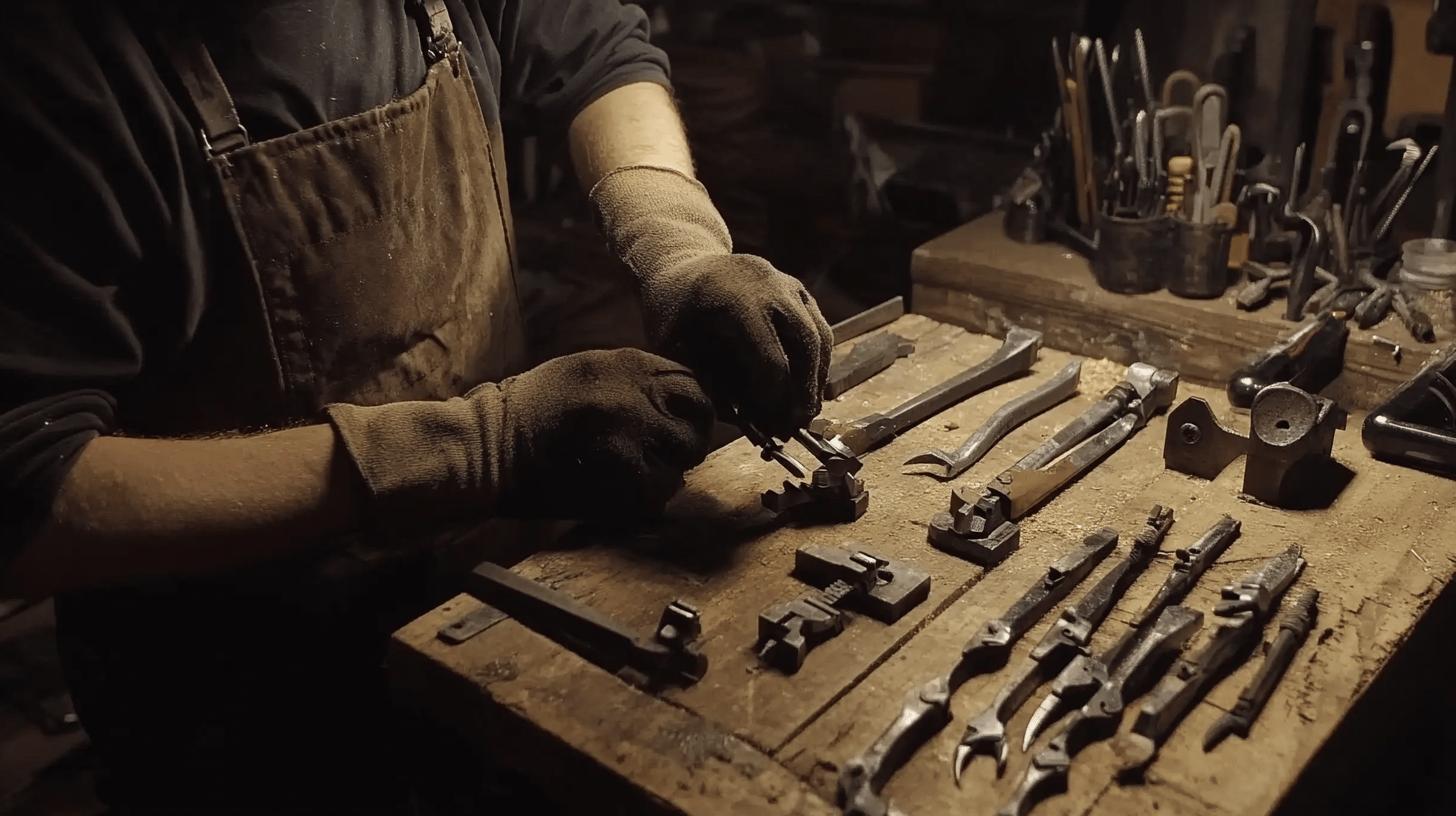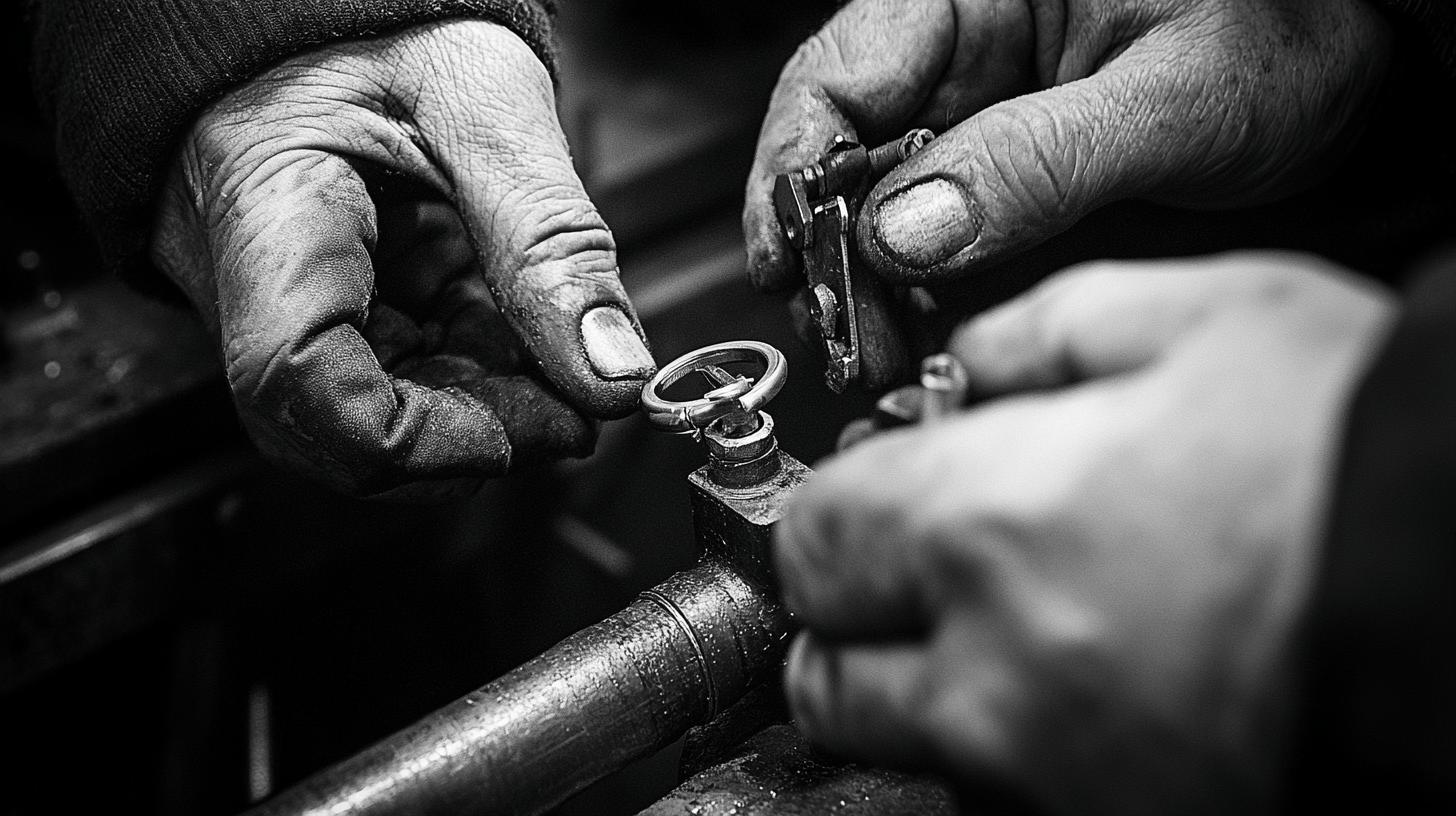TL;DR:
- Function: Pipe crimping tools create leak-free connections between pipes and fittings using crimp rings.
- Components: Handles, crimping jaws, calibration mechanism, adjustment settings.
- Process: Align crimp ring over fitting, apply pressure to deform ring, check integrity with a feeler gauge.
- Applications: Used for PEX piping, copper connections, well-suited for residential and industrial plumbing.
- Types: Manual (simple), Hydraulic (powerful), Ratchet (precise).
- Benefits: Reduces labor and material costs, faster installations, lower leak risks.
- Maintenance: Inspect regularly, clean after use, store dry, follow manufacturer guidelines.
- Safety: Use personal protective equipment and handle tools per instructions.
Ever wonder how plumbers make leak-proof pipe connections so fast? It’s all thanks to the pipe crimping tool. This handy device uses metal crimp rings to create tight, secure connections, especially with copper pipes—no need for old-school soldering. Whether you’re a pro or just doing DIY projects, learning how to use this tool can make your plumbing jobs a lot easier. Let’s break down how the pipe crimping tool works and how it can level up your plumbing skills.
Understanding the Pipe Crimping Tool
What does a pipe crimping tool do? It makes strong, tight connections between pipes and fittings by using metal crimp rings. This tool is super useful for plumbing, especially with copper pipes, and is a solid alternative to soldering. It works by squeezing the crimp ring around the pipe and fitting, creating a leak-proof seal.
Here are the main components of a crimping tool:
- Handles
- Crimping jaws
- Calibration mechanism
- Adjustment settings
- User-friendly design
Secure pipe connections are essential in plumbing to stop leaks and keep the system running smoothly. A pipe crimping tool helps make this happen by delivering consistent, reliable results. Using high-quality tools like this not only ensures a strong connection but also gives plumbers confidence in their work, making it a go-to for many professionals.
How a Pipe Crimping Tool Works

How does a pipe crimping tool work? It creates a watertight seal by pressing a crimp ring between the pipe and fitting. This technique is a solid alternative to soldering and guarantees strong, leak-proof joints. Getting the best results requires careful alignment and precise execution.
Aligning the Crimp Ring
Aligning the crimp ring properly is crucial for a tight seal. The ring needs to sit over the fitting’s barbs to grip the pipe securely. If it’s off, leaks can happen. Making sure the ring is evenly placed around the pipe and fitting is the key to a successful crimp.
Crimping Action
When crimping, squeeze the tool’s handles to deform the crimp ring around the pipe and fitting. You’ll hear a snap when it’s clamped properly. This tightens the ring, creating a leak-proof seal. It’s important to apply the right pressure—too loose and it leaks, too tight and it might damage the ring or pipe.
Post-Crimping Checks
After crimping, use a feeler gauge to check if the joint is secure. This tool helps you make sure the connection is tight. If you find any problems, adjust it to avoid leaks later on. Regular checks with the feeler gauge keep your plumbing reliable.
| Step | Description |
|———————-|—————————————————————————–|
| Aligning the Crimp Ring | Ensures the crimp ring is properly positioned over the fitting’s barbs. |
| Crimping Action | The handles are pulled, deforming the ring to create a watertight seal. |
| Post-Crimping Checks | A feeler gauge verifies the crimp’s success, ensuring a secure connection. |
Applications of Pipe Crimping Tools
What are crimping tools commonly used for in residential plumbing? They are mainly used for connecting PEX piping and copper pipes. These tools create watertight seals quickly, making them a favorite among both homeowners and pros. Their reliability helps ensure leak-free connections, which is essential for keeping your plumbing system in good shape. Whether you’re doing new installations or repairs, crimping tools boost the longevity and performance of your plumbing.
These tools are versatile for various fittings:
- PEX piping systems
- Copper pipe connections
- Straight couplers
- T-fittings
- 90-degree elbows
- Complex layouts
How do crimping tools work in industrial settings? They provide strong solutions for large-scale plumbing, where reliability and efficiency are crucial. In industrial environments, these tools manage complex systems and high-pressure demands. They ensure secure connections across various fittings, making them essential for industrial projects, where even minor leaks can disrupt operations. Using crimping tools helps maintain smooth operations and reduces maintenance needs.
Types of Pipe Crimping Tools

What types of crimping tools are available? The main types include manual, hydraulic, and ratchet crimping tools. Each type is designed for different plumbing tasks, offering specific functionalities. When choosing a crimping tool, consider your project’s needs, such as the size and materials of the pipes you’re working with.
Manual Crimping Tools
What makes manual crimping tools great for small projects? They’re simple to use and don’t need any extra power sources. These tools are perfect for home use or small repairs, as they’re lightweight and portable, making them ideal for quick fixes.
Hydraulic Crimpers
How do hydraulic crimpers boost efficiency? They easily handle larger pipes by using hydraulic pressure to compress the crimp ring. These tools are perfect for industrial settings or big projects where power matters. The hydraulic system lessens physical strain, leading to more accurate results.
Ratchet Crimping Tools
Why are ratchet tools famous for their precision? They use a ratcheting mechanism that applies consistent pressure for accurate crimps. This design ensures that crimps stay in place until they’re done right, reducing mistakes. They’re perfect for detailed work where you need control, making them ideal for high-precision projects.
When picking a crimping tool, think about your project’s needs and the types of pipes you’ll be working with. Manual tools are easy to use, hydraulic crimpers pack a punch, and ratchet crimpers are all about precision.
Benefits of Using a Pipe Crimping Tool
Why is a crimping tool a smart choice for your wallet? It cuts down on labor costs and materials needed. Unlike soldering, which requires extra supplies and takes more time, crimping makes the whole process quicker and simpler. With fewer tools needed, you save money on plumbing projects.
Key benefits of using a crimping tool:
- Reduced labor costs
- Fewer materials required
- Faster installation
- Lower leak risk
How does crimping make plumbing quicker and more reliable? It lets you connect pipes fast, creating a tight seal without all the hassle. Crimping tools speed up installations and lower the chances of leaks. Plus, using top-notch tools ensures strong connections, making them a favorite among pros.
Maintenance and Safety Tips for Crimping Tools

How do you keep a crimping tool in good shape? Regular maintenance is super important. Check it often for any wear or damage. Clean it after each use to stop debris from building up. Make sure to store it in a dry spot to prevent rust. Taking care of your tools helps them work well when you need them.
Safety Tips:
- Inspect tools regularly
- Clean after each use
- Store in a dry place
- Follow manufacturer instructions
- Use personal protective equipment
Why should you stick to the manufacturer’s guidelines? Following them keeps you safe and helps your tools work their best. The guidelines provide important information on how to handle the tools properly. Plus, using the right protective gear boosts your safety even more. By following these practices, you reduce risks and make sure you’re using your tools efficiently.
Final Words
As you look into “What does a pipe crimping tool do?” you’ll see how important it is in plumbing. This tool quickly and precisely secures pipe connections, making it a great alternative to soldering. Knowing how to use and align the tool properly ensures tight, leak-proof seals, saving both time and effort. It’s versatile, working well in both home and industrial settings for various plumbing jobs. Choosing the right crimping tool for each task boosts its effectiveness, making your plumbing work faster and more reliable.
FAQ
What is a pipe crimping tool used for?
A pipe crimping tool is used to create secure connections between pipes and fittings using metal crimp rings, ensuring a leak-free seal and serving as an alternative to soldering copper pipes.
What is the main purpose of the crimping tool?
The main purpose of a crimping tool is to provide a reliable and efficient method for connecting pipes and fittings, saving time and reducing the risk of leaks compared to traditional methods.
Why do you crimp pipes?
Crimping pipes ensures secure and watertight connections, reducing the possibility of leaks and making the installation process faster and more efficient than soldering.
How to use pipe crimpers?
To use pipe crimpers, align the crimp ring over the fitting’s barbs, pull the handles until a snap is heard, then use a feeler gauge to check the seal.
How to crimp copper pipe without crimpers?
Crimping copper pipes without crimpers requires alternative methods like soldering or pressing with a compatible pressing tool; it’s less efficient but possible in certain situations.
How to crimp PEX without tool?
Crimping PEX without a tool can be substituted with push-to-connect fittings or using clamps with hand-tightened screw tools, though these methods may not be as reliable.

